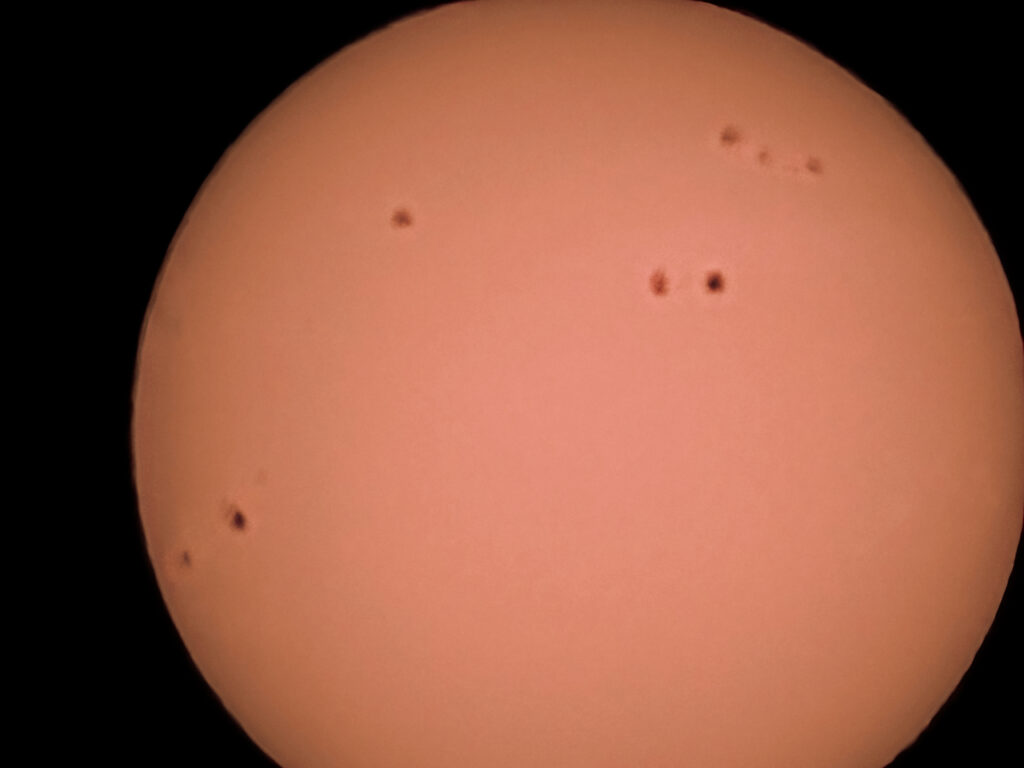Citizen Science and the James Webb Space Telescope
Laurie Averill asked Dr. Sean Linden, who was our speaker at the March monthly meeting on Zoom, if there are any citizen science projects based on the JWST data. Below is Dr. Linden’s reply.
Hey Laurie,
Thank you for inviting me! It was really fun to be able to share some of the stuff we are doing with JWST and you all were a great audience 🙂
One thing I should have mentioned in my talk last night was that the title slide I was using was an image a citizen scientist posted to reddit.com when the data came out (attached). Their is a community at r/jameswebb where people post these impressive photoshop efforts. I have seen them appear in talks at conferences, and some have even made their way into published papers.
As for more involved citizen science projects like Galaxy Zoo, there was a recent JWST observation which got its origins from the Galaxy Zoo Gems project (see https://blog.galaxyzoo.org/2022/10/05/from-galaxy-zoo-to-jwst-dust-and-gravitational-lensing/). That galaxy was first identified by citizen scientists, and then included in a large JWST survey called PEARLS (https://sites.google.com/view/jwstpearls/home). You can see even from their homepage that one of the key science goals is identifying all kinds of galaxies in their very large image mosaics.
The exciting thing is that PEARLS is one of a handful of galaxy surveys that are releasing data publicly over the first 2 years of JWST science: CEERS (https://ceers.github.io/overview.html), NGDEEP (https://arxiv.org/pdf/2302.05466.pdf), PRIMER (https://primer-jwst.github.io/), GLASS (https://glass.astro.ucla.edu/ers/), and UNCOVER (https://jwst-uncover.github.io/).
Between these 6 surveys I have no doubt that an effort to independently classify all of the new galaxies will happen whether formally through the galaxy zoo project, as Bill Keel suggests at the end of the blog post I attached, or individually through each team. The websites I attached are probably the best places to keep up to date about any citizen projects as they data continues to get taken and released.
Sean
Observing Reports
By Michael Amato
Earth’s Moving Magnetic Field
For the last several years, the north magnetic pole has been shifting position at a pretty good clip. GPS systems have to be recalibrated every so often. With this in mind, I set my good compass on a spot where nothing could disturb it about two years ago. Every few months or so I would check and it seemed to be nudging to the east. After two years, the compass needle was about an eighth of an inch just on the east side of north. This north magnetic pole is really moving. I just reset the compass right on north again so I can continue to monitor the continued movement of the north magnetic pole. I must say, this has turned into one of my more interesting projects.
Two Comets
On February 1, 2023, my brother Anthony, our friend Joe and I observed Comet ZTF while it was closest to Earth with our 10X50 binoculars. The comet was just above Polaris in about the 1:30 position. In our binoculars, the comet looked like a green fuzzy star that was fairly bright in our binoculars. I think if there was no Moon out, we had a chance to see this comet naked eye even though we were in light polluted West Haven. I also have been observing Sun-grazing Comet 96P/Machholz1 on the Soho site on my computer. I was able to watch it brighten a ton as it came very close to the Sun. it also grew a fairly long tail. It’s not clear if we will be able to observe this comet as it comes around from the Sun. Here’s hoping.
Sunspots
My brother Anthony imaged the Sun with all the sunspots on Friday, February 10 while he, I and our friend Joe observed them in our five-inch scope with a white light glass filter. The Sun has been very active for months now!

